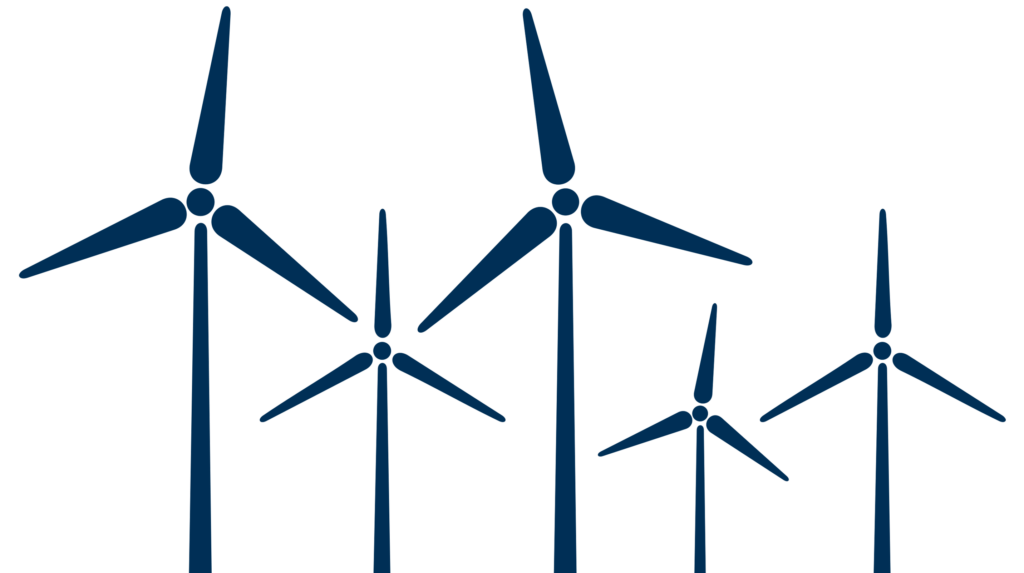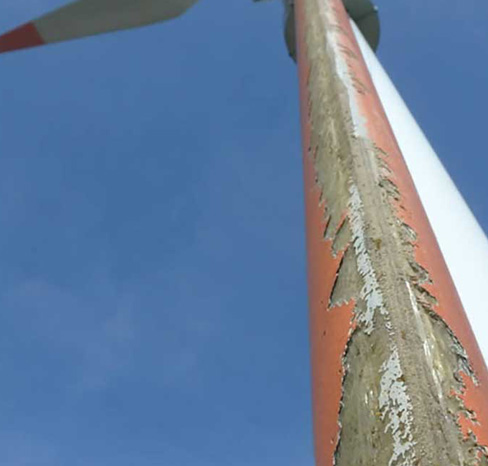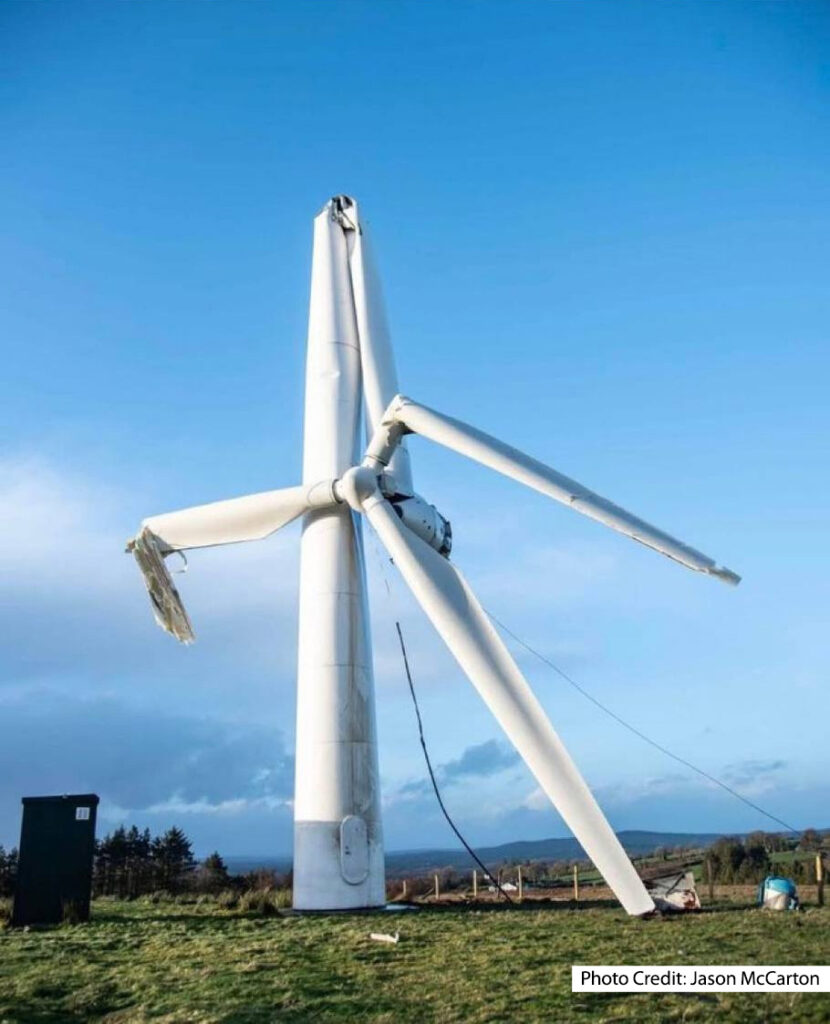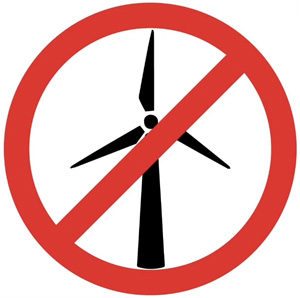The Hazards of Wind Turbine Blade Debris



Wind turbines have become a prominent solution in pursuit of green initiatives. However, the environmental and health implications of wind turbine operation, particularly concerning the debris generated by turbine blades, are often overlooked. Hazards associated with wind turbine blade debris include leading edge erosion, stress fractures, and the associated risks of microplastics, fiberglass dust, and harmful chemicals used in blade construction.
Wind turbine blades are subject to extreme environmental conditions, including high wind speeds, rain, ice, and UV exposure. The leading edge of a blade is particularly vulnerable to erosion due to the constant impact of particles carried by the wind. This erosion can lead to diminished aerodynamic efficiency, increased noise, and ultimately, structural failure. Stress fractures are another critical concern. As turbine blades are subjected to cyclic loading due to wind forces, they experience fatigue over time. This fatigue can lead to micro-cracks, which, if left unaddressed, can propagate and result in catastrophic failure of the blade. Such failures not only pose a risk to nearby communities but also lead to the production of debris that can have far-reaching environmental consequences.
When wind turbine blades sustain damage, repair is often a necessary process. The average amount of epoxy resin used for repairing wind turbine blades can vary however, it is not uncommon for repairs to involve an average of 15 to 23 kg of epoxy, per turbine, per year particularly for larger turbines. This raises concerns about the sustainability of materials used in repairs, as well as the potential long-term effects of these substances on the environment.
Wind turbine blades are primarily made of composite materials, which often include fiberglass. When blades erode, they generate microplastics and fiberglass dust. Microplastics, defined as plastic particles measuring less than five millimeters, pose significant risks to human health and the environment. They can enter water systems, leading to contamination of aquatic habitats and potential bioaccumulation in the food chain. Fiberglass dust is a known irritant to the respiratory system. When inhaled, it can lead to serious health issues, including chronic respiratory conditions. As turbines are installed on upland, peat-based moorlands, the risk of these harmful particles being transported into nearby watercourses increases, further magnifying their impact on ecosystems and human health.

UGLY NOISY LETHAL FUTILE


The construction of wind turbine blades often involves the use of hazardous chemicals, including per- and polyfluoroalkyl substances (PFAS) and Bisphenol A (BPA). PFAS, known as “forever chemicals,” are resistant to degradation and can accumulate in the environment and human body over time. They are associated with various health issues, including cancer, liver damage, and immune system effects. Bisphenol A, widely used in the production of epoxy resins and as a hardener in composite materials, has been linked to hormonal disruptions and various health problems. The presence of these chemicals in wind turbine blades raises concerns about their potential release into the environment as blades degrade.
The exact exposure needed to cause health complications is unclear, but there are proven risks. High exposure to PFAS chemicals has been seen to cause the following problems:
Higher cholesterol and potential obesity
Decreased fertility or high blood pressure in pregnant women
Developmental difficulties in children that can range from low birth weight to accelerated puberty
Negative effects on the immune system
Potential cancer link.
As wind turbines become larger and more numerous, the risks associated with blade debris are exacerbated. The increasing size of turbines leads to larger blades, which, in turn, generates more debris when damaged. The installation of turbines in sensitive areas, such as upland, peat-based moorlands, compounds these risks by placing them in proximity to watercourses that feed major rivers or adjacent to reservoirs and grazing. The combination of microplastics, fiberglass dust, PFAS, and BPA poses a potential human health and environmental catastrophe. Communities living near wind turbine installations may face increased exposure to these hazardous materials, affecting drinking water quality and the health of local ecosystems. The long-term environmental impact of these materials remains largely unknown, raising significant concerns about the sustainability of large-scale wind energy initiatives.
It is crucial to address the health hazards associated with wind turbines. A balanced approach that considers both environmental impacts and health risks is essential to ensure that any benefits do not come at the expense of human health and ecological integrity.
Article written in association with Motvind UK.

Additional Environmental Resources

Welcome to our new website, We have new content being added all the time, Sign up to receive regular updates.
Gmail has blocked our newsletter send.
Please use a different email address if possible.